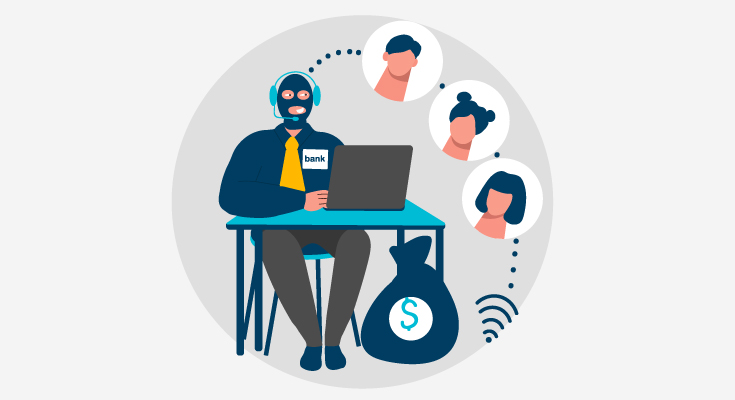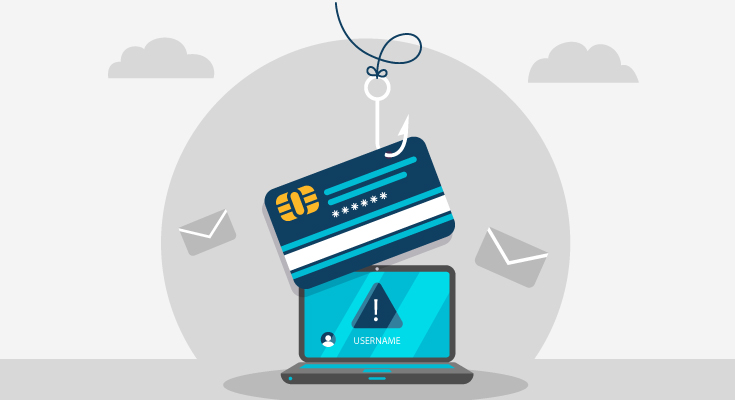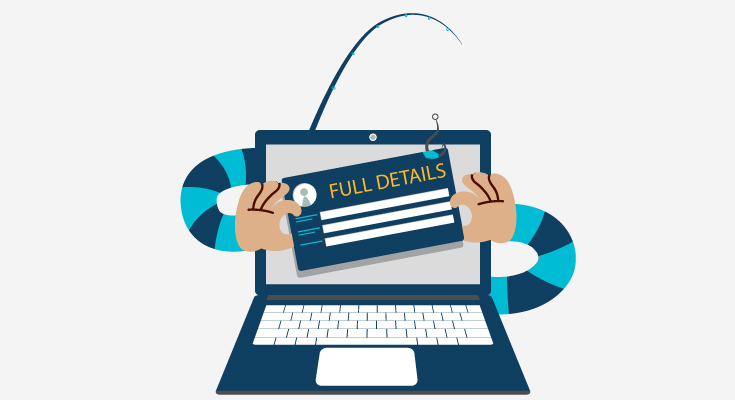According to several surveys, it has become evident that strong fraud protection is the first thing in banking customers’ minds.
In this world of growing fraud, it’s no surprise that customers want some sense of security. The banking and financial services landscape has grown at an exceptional pace in the last decade. Fraudsters have taken complete advantage of these untested changes. Resulting in higher-than-ever fraud records every year.
In the UK, trade bodies have asked to consider fraud levels a national threat. Financial services businesses have increased their investment in fraud prevention and ID authentication solutions.
What Customers Want From Banking Institutions?
Since the start of the growth of digital banking, customers want strong authentication above everything else. It has become the primary deciding factor when it comes to choosing a financial service provider.
In EMEA countries, great fraud protection is the number one factor when choosing financial services.
Here’s a breakdown of the percentage of people in each country who put security above everything else:
- Germany – 36%
- South Africa – 34%
- Sweden – 32%
- UK – 36%
Incredible level of fraud protection as a priority has been growing for customers. Businesses that have failed reputation around fraud protection tend to be less attractive to customers.
With the growing number of people wanting great fraud protection, a business that can make it happen will gain a competitive advantage.
Fraud Attacks and Highlights in Media
Media coverage of the number of growing attacks in recent years has made customers more aware of security. Around 1 in 4, customers believe that their identities could have been stolen and used by fraudsters to open fake accounts.
The increased coverage by the media has helped customers understand the necessity of protecting their identities and protecting themselves from fraud. One in two customers even understand the importance of protecting their identity to help prevent money laundering.
Friction is a Problem
Security checks by financial institutions have increased globally. Each country has its own regulatory body that set the rules and guides for security checks. In the last 5 years, customers have seen significant growth in online ID checks when signing up online and making purchases.
One in four South Africans has stopped or reduced their use of credit cards for online transactions because of the time-consuming checks. In the UK and Germany, the number is around 1 out of every 5 people.
This is not to say that consumers want fraud protection methods to be eliminated from the process. It is clear that customers want a secure service provider but they don’t want the transaction to be so full of friction that it takes hours or days.
Fast onboarding and ease of use are the biggest drivers of the digital banking industry. Almost half of all consumers across the UK, Germany, and Sweden want quick onboarding times.
While customers want stronger and more effective fraud control and prevention methods, they also want a quick process.
Growing Number of Authentication Methods
Only a couple of years ago, biometric checks were considered an uncertain method of authentication. Today, biometric authentication is the preferred method of authentication.
Fingerprint verification ranks the highest when it comes to authentication methods. South Africans out of all the countries showed the highest preference for fingerprint authentication. Face scans and iris scans are also ranked among the other top 5 customer authentication methods.
Authentication using passcodes (One time passwords sent through banking apps or SMS messages) is still a highly ranked feature. The use of usernames and passwords is falling drastically, but they’re still an important part of multi-factor authentication.
This also suggests that there’s a growing suite of authentication methods allowing consumers to access their accounts and transact online.
Conclusion
Consumers have a huge number of expectations of their financial service providers and the level of fraud protection they provide. Organizations have to strike a balance between alternative providers and completely frictionless experiences.
Consumers are also aware of how relentless fraudsters are and they expect to be protected. As long as the friction is ideal for the circumstances and the level of risk is high, customers will be fine with additional verification checks.
The key for providers is to understand that ID verification isn’t just about preventing fraud. It is also part of an organizational process. Great fraud protection provides consumers with a competitive advantage and it should play a major role.








